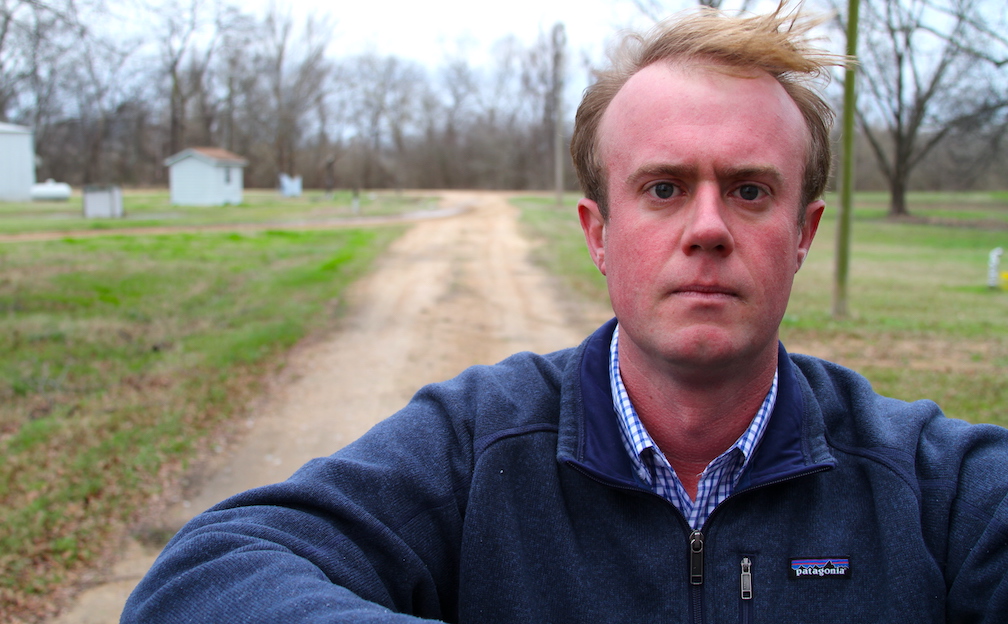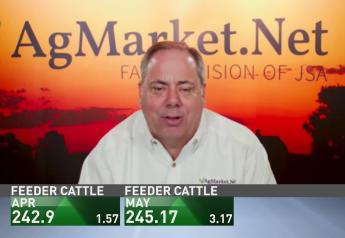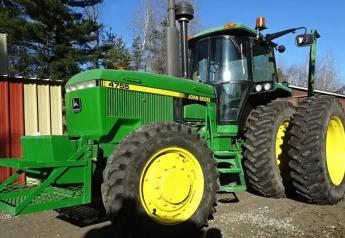Farmers Reap ROI From Field Trial Failures and Successes
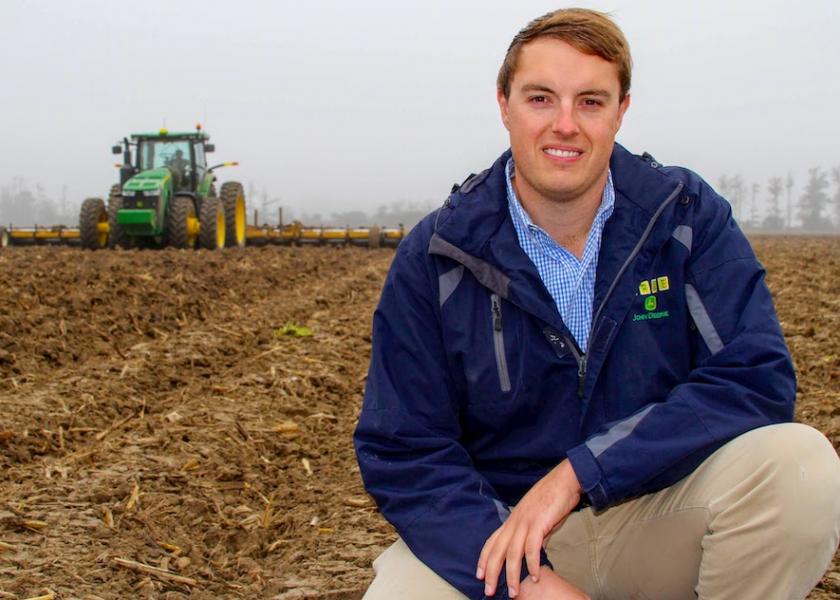
Adron Belk is a data monster, insatiably gobbling up bare-bones truth from his soil. Year over year, on 70% to 80% of his corn and soybeans, Belk runs a maze of replicated strip trials: variety, variable rate, population, seed treatment, fertilizer placement, inoculant, subsoiling, herbicide, fungicide, and significantly more.
However, Belk’s maze of trials is built on a foundation of preparation and foresight, a planning pattern he shares with other farmers intent on gleaning high-value ROI information from on-farm trials. Matt Miles, Thomas Hairston, Smith Stoner, and Jon Stevens—all cut from the same cloth as Belk—conduct annual symphonies of on-farm research: “I can’t afford to let a single year go by without learning from a bunch of trials,” Miles insists.
Adron Belk
Straddling the line between Bolivar and Sunflower counties, Belk, 33, is a grain farmer in the Mississippi Delta on a 50-50 rotational split between corn and soybeans (spotted with occasional rice), and he has conducted an expansive replicated strip trial system for the past five years.
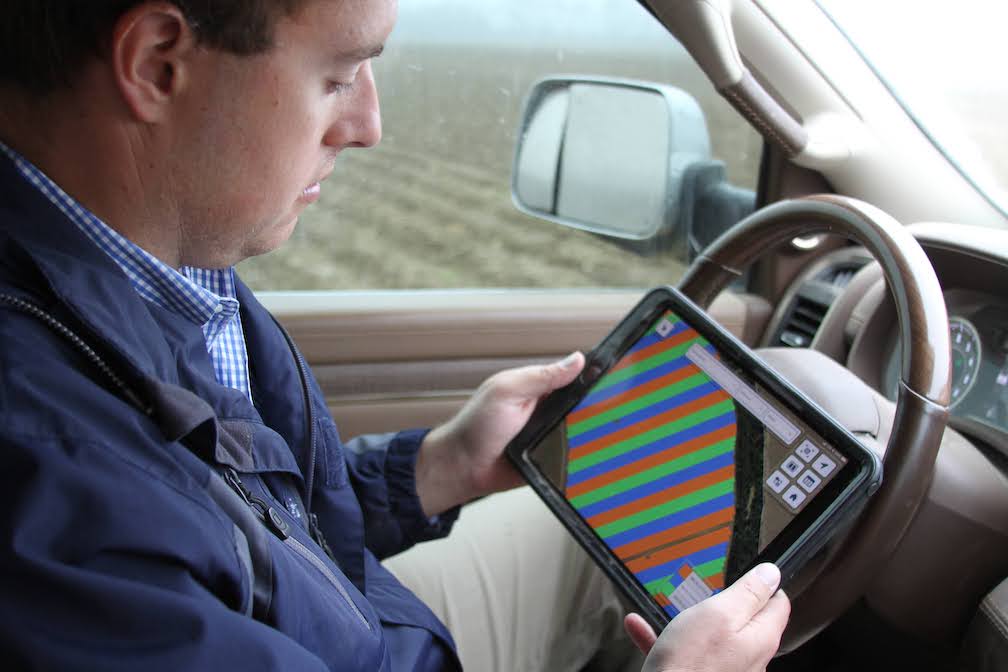
Maintaining the necessary logistics on over 100 fields of trials, Belk sticks to a “plan your work and work your plan” blueprint. “For me, planning ahead of time is everything to success. Waiting until you get to the field usually results in trials without good results.”
ROI answers spill out of successful trials as steady, small victories, he continues. “Yield is the fun thing, but bankers like money more than yield…I can’t tell you what to do to guarantee a 20-bushel advantage, but I can sure tell you a lot of things that will cost you 20 bushels if you don’t do them.”
Despite approaching on-farm research from multiple angles, Belk’s white whale is a row pattern strip trial. “Nobody has done a replicated strip trial of row patterns, even at university level,” he says. “The odds are slim due to needing two different types of equipment on planter and hipper. That would be loads of prep and money, but it would be awesome to try some day.”
Matt Miles
The wild bunch farms in southeast Arkansas’ Desha and Ashley counties: Matt, 53, and Layne Miles, 27, along with Robb Dedman, 50, typically run dozens of piggybacked trials on 300 acres, some exclusive to Miles Farms and some associated with Xtreme Ag.
Front and center for 2022 is a 50-acre field of soybeans-soybeans-wheat—a triple-crop effort kicked off with beans planted Feb. 18 that yielded 79.56 bu. The Miles Farms threesome is a perennial presence in Arkansas’s Grow for the Green Soybean Yield Challenge and trio has pushed beyond 100 bushels 13 times to ever-high yield totals—as in 121 bpa.
“Sure, you can argue that a big contest yield is showing the agronomic possibility of a bean, but who cares if you can’t pay for it? Therefore, all we do in a trial has to be acceptable to any farmer in general,” Matt Miles explains.
A triple crop is unprecedented at Miles Farms, but unorthodox research is par for the course, and Miles is not afraid to stumble. Failure, he advises, is an absolute necessity of farming. He estimates 60% of his agronomic knowledge comes through failure, and 40% derives from success.
Thomas Hairston
On the level land of Humphreys County, Mississippi, between Silver City and Midnight, Hairston produces corn, cotton, soybeans, and wheat on roughly 4,000 acres, alongside his family at Riven Oak Farms, located in the heart of the Delta.
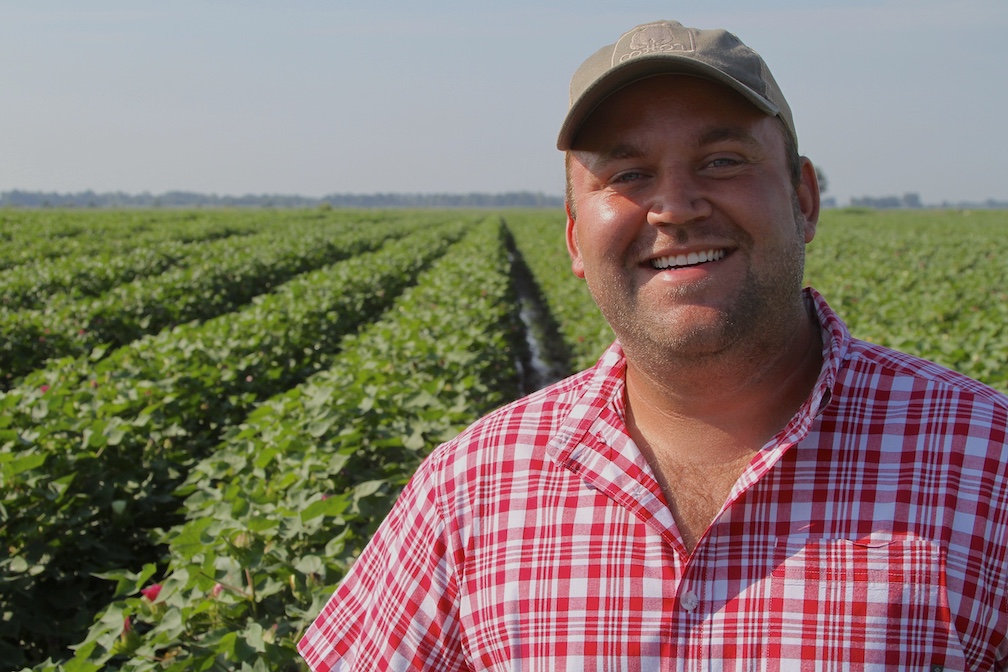
Curious to his core, Hairston, 26, incessantly engineers on-farm research. “We’ve always got some trials going on,” he says. “You have to put in the extra time to constantly improve your operation and find genuine ways to decrease risk and increase profitability.”
In 2022, Hairston is in the third year of a wide-row (60”) cotton trial with seed populations ranging from 5,000 to 40,000. In 2023, Hairston will be in the fifth year of a cover crop trial. “I haven't gotten the profitability close enough to swap everything over yet. This past year I inoculated in the fall and again at planting this year which has really changed the game, but it needs some tuning.”
“I want to learn how to maximize our use of biology and determine what inputs we can and cannot cut to try and get profitability as close or better than our conventionally grown crops to increase the scale of cover crops that we are currently planting,” Hairston continues. “I will also have some population, row configuration, and fertilizer trials.”
“On new ideas I normally try to keep my treatments .5 to 1 acres which normally puts my total plot size around 5 acres,” he adds. “On things that I feel like I am close to implementing full scale, I normally will split whole fields.”
What is Hairston’s advice to any grower starting with on-farm trials? “Keep very good records and data to keep track of profitability. If possible, treat them like they are large scale and observe them often.”
Smith Stoner
An hour north of Vicksburg, near Holly Bluff, roughly 30 miles east of the Mississippi River, Smith Stoner grows 2,800 acres of corn, cotton, and soybeans in the heart of the south Mississippi Delta.
Every crop season, Stoner, runs several trials, with each instance typically utilizing side-by-side strips within a single field. As input prices continue to climb, Stoner, 34, is increasingly drawn to low-population on-farm research.
His advice on trial considerations? “Keep things simple and small-scale starting off. Make sure documentation is set properly with easy access to overlay it with harvest data.”
Jon Stevens
Outside Rock Creek, in east central Minnesota, Jon Stevens’ operation sits on slightly rolling ground bounded by tree lines dating back to the mid-1800s. He works a total of 700 acres and grows corn and soybeans in 9” of sandy loam atop an infinite supply of yellow clay.
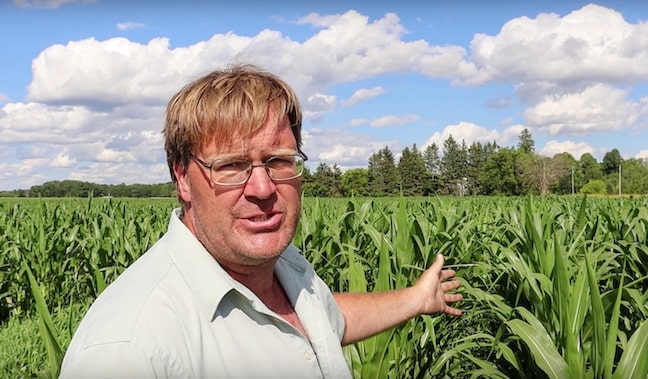
In 2022, as with every year, Stevens’ farmland is grand central of unconventional activity and on-farm research: strip tilling corn into alfalfa while testing 15” and 60” rows; nitrogen reduction; biological seed treatments; foliar applications; perpetual fertility trials—and much more.
A little failure goes a long way in learning, according to Stevens. “Find spots that are close to home; keep it simple to implement and stay the course on that spot to get multiple years of data. Yield isn’t the quantifier of success or failure. That last statement really confuses a lot of guys, but I personally would rather grow 150-bushel corn that made more money than 180-bushel corn that didn’t.”
In 2023 and beyond, Stevens, 48, intends to delve into crop nutrition. “I want to try more foliar feed experiments. I'm not a very smart guy by any means, but is there a way to take what a soil scientist sees and says about a growing plant and bring that to our farm in a living reality.”
“I like to experiment in the areas where I make money on the farm,” Stevens concludes. “My advice on farm trials is simple: Do’em. Boom.”
To read more stories from Chris Bennett (cbennett@farmjournal.com — 662-592-1106), see:
Cottonmouth Farmer: The Insane Tale of a Buck-Wild Scheme to Corner the Snake Venom Market
Tractorcade: How an Epic Convoy and Legendary Farmer Army Shook Washington, D.C.
Bagging the Tomato King: The Insane Hunt for Agriculture’s Wildest Con Man
How a Texas Farmer Killed Agriculture’s Debt Dragon
While America Slept, China Stole the Farm
Bizarre Mystery of Mummified Coon Dog Solved After 40 Years
The Arrowhead whisperer: Stunning Indian Artifact Collection Found on Farmland
Where's the Beef: Con Artist Turns Texas Cattle Industry Into $100M Playground
Fleecing the Farm: How a Fake Crop Fueled a Bizarre $25 Million Ag Scam
Skeleton In the Walls: Mysterious Arkansas Farmhouse Hides Civil War History
US Farming Loses the King of Combines
Ghost in the House: A Forgotten American Farming Tragedy
Rat Hunting with the Dogs of War, Farming's Greatest Show on Legs
Misfit Tractors a Money Saver for Arkansas Farmer
Government Cameras Hidden on Private Property? Welcome to Open Fields
Farmland Detective Finds Youngest Civil War Soldier’s Grave?
Descent Into Hell: Farmer Escapes Corn Tomb Death
Evil Grain: The Wild Tale of History’s Biggest Crop Insurance Scam
Grizzly Hell: USDA Worker Survives Epic Bear Attack
Farmer Refuses to Roll, Rips Lid Off IRS Behavior
Killing Hogzilla: Hunting a Monster Wild Pig
Shattered Taboo: Death of a Farm and Resurrection of a Farmer
Frozen Dinosaur: Farmer Finds Huge Alligator Snapping Turtle Under Ice
Breaking Bad: Chasing the Wildest Con Artist in Farming History
In the Blood: Hunting Deer Antlers with a Legendary Shed Whisperer
Corn Maverick: Cracking the Mystery of 60-Inch Rows



